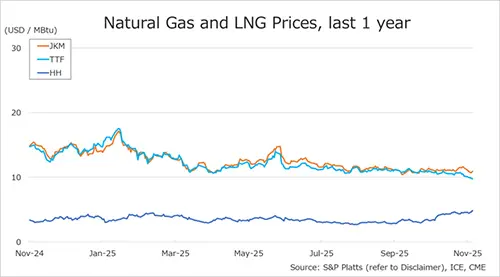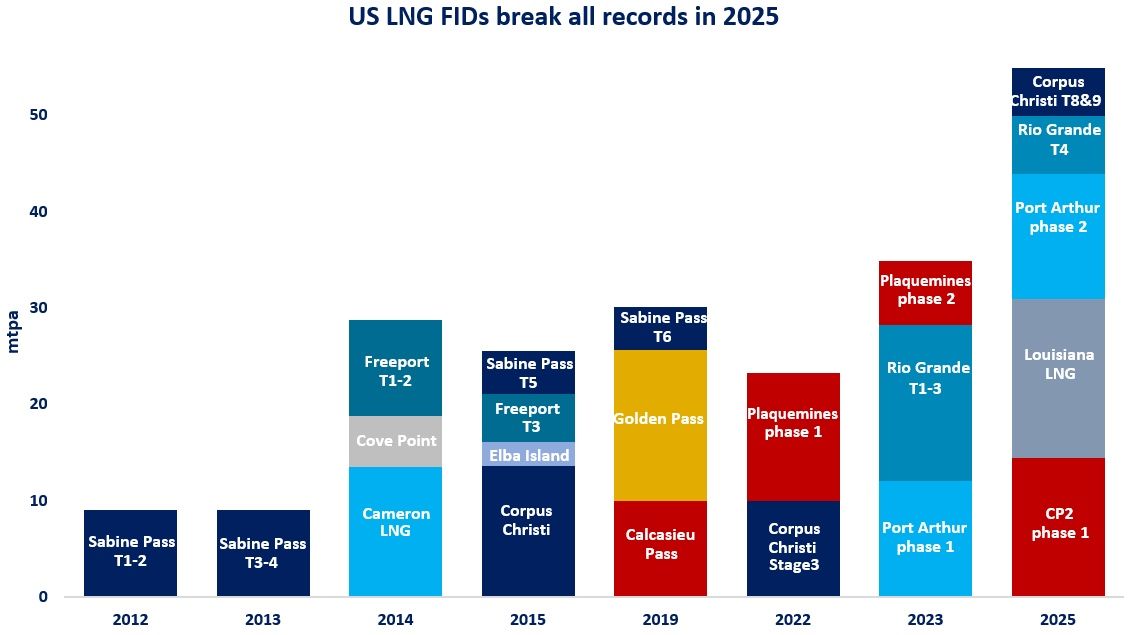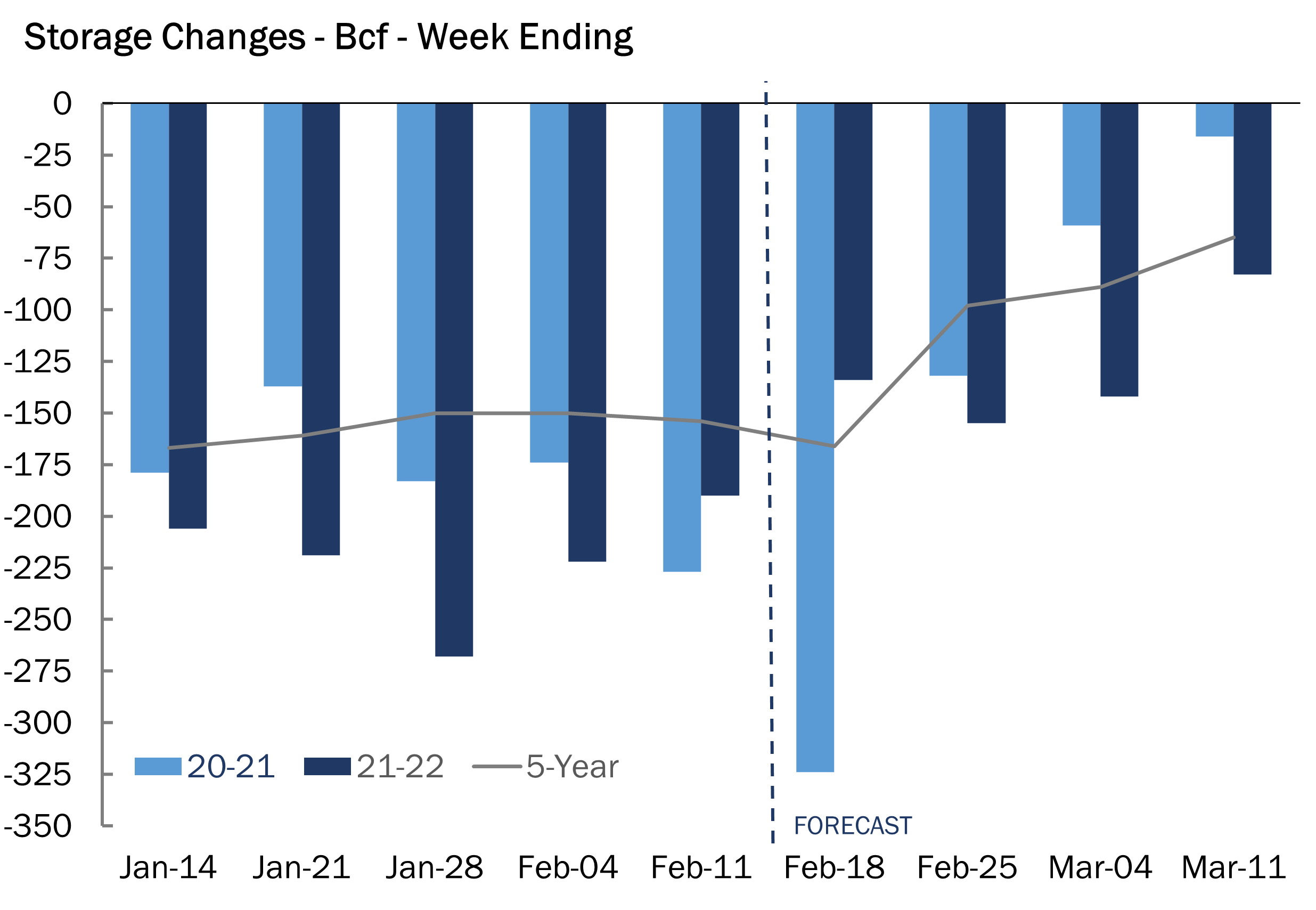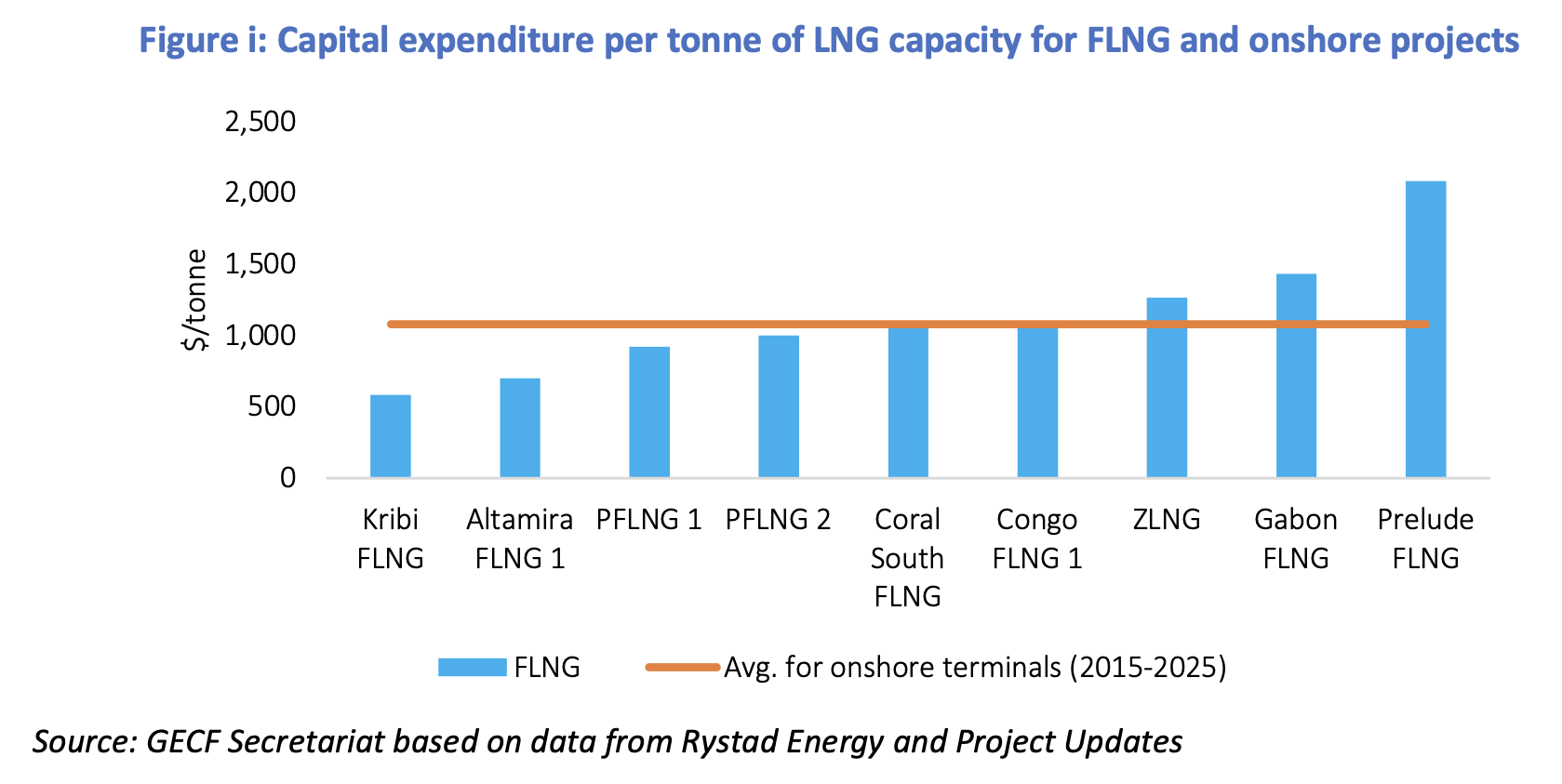

Another interesting story that has supplemented the change in weather forecasts is the rise of production.
As of now, production is reported to be above 94 Bcf/d – a move to the upside that has been somewhat expected (as a result of elevated natural gas prices), yet a move that has taken nearly a year to actually materialize.
Gas production in the U.S. peaked at around 96 Bcf/d in mid-2019, and at least on paper, we seem to be quickly approaching those levels once again.
It will remain to be seen how high we can go, but this move upwards during the last month has been somewhat justified by the year-long increase in the rig count.
Year over year growth in power demand as well as LNG exports have necessitated higher production in order to keep the market in balance. In fact, national LNG exports have risen to around 12 Bcf/d as a result of ~0.5 Bcf/d flows coming out of the newly established Sabine Pass Train 6.
Higher production from the Appalachian, the Haynesville, and the Permian have risen in order to meet these long-term sources of new natural gas demand.
With lower oil prices in the near term, production from associated gas regions may continue to be somewhat dampened – however, the main plays of the American natural gas market – the Appalachian, the Haynesville, and the Permian – are doing more than enough to make up for other regions that are lagging.
source: Gelber and Associates



